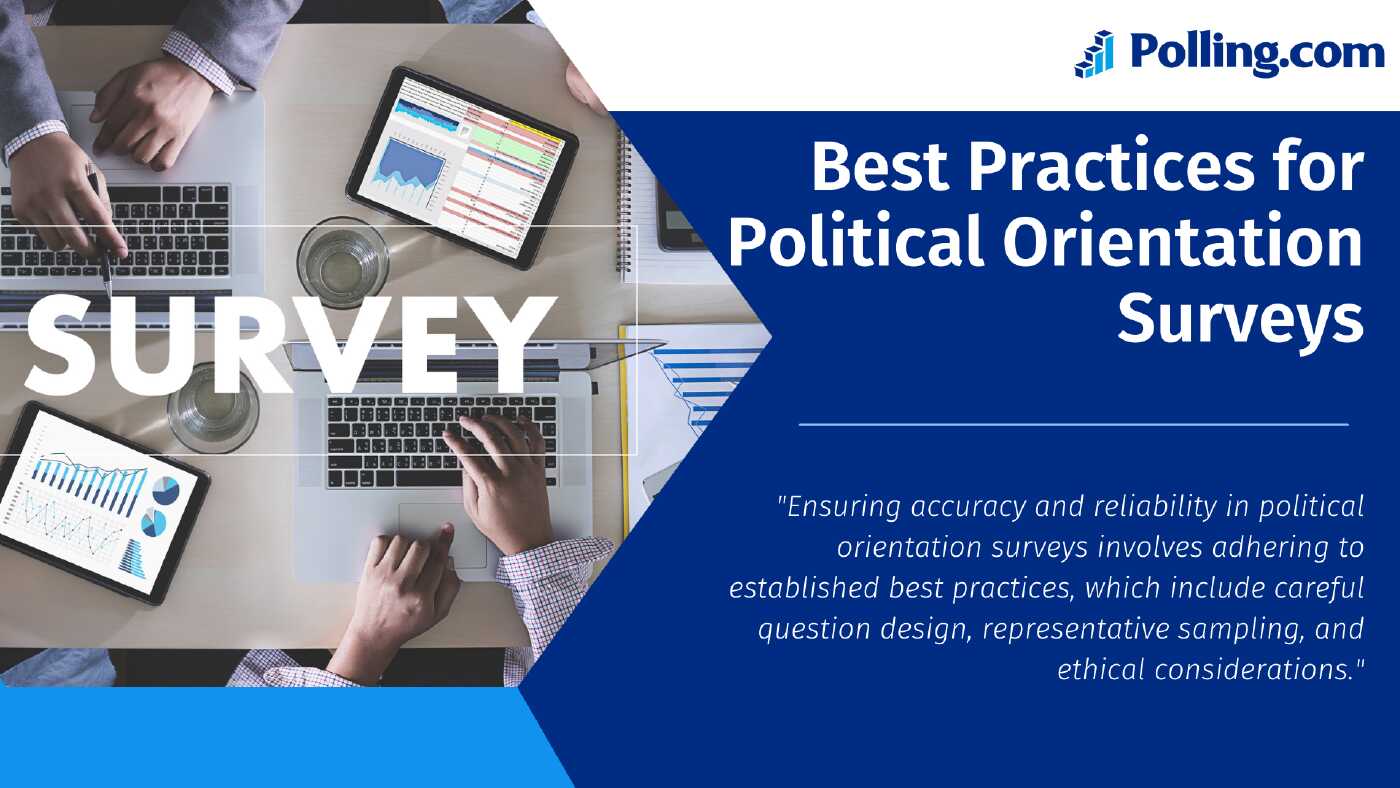
Best Practices for Political Orientation Surveys
Surveys on political orientation are critical tools. Political orientation surveys help us understand the political beliefs and affiliations of a population. These surveys are vital tools. They gauge public opinion, shape voter behavior, and inform policy.
This article explores the best practices for creating political orientation surveys. It covers how to design, conduct, and analyze them. Following these practices ensures accurate and meaningful results.
The Purpose of Political Orientation Surveys
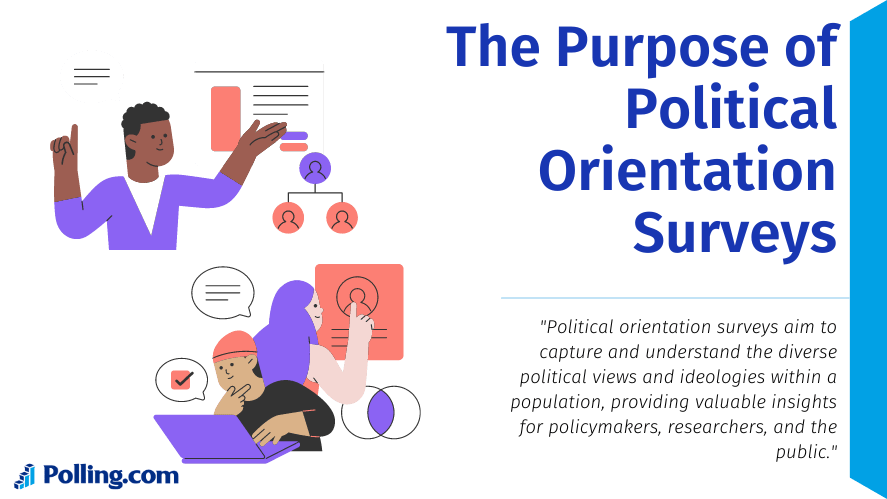
Political orientation surveys serve several key objectives:
- Gauging Public Opinion: The surveys help understand the public’s general feelings. They also show their political leanings.
- Understanding Voter Behavior: By analyzing responses, political scientists and campaigners can predict how voters will act. They can also predict what voters like.
- Informing Policy Decisions: Surveys can guide policymakers. They show the views and needs of their constituents.
The surveys contribute to political science and public policy. They help build a more informed and responsive political world.
Designing a Political Orientation Survey
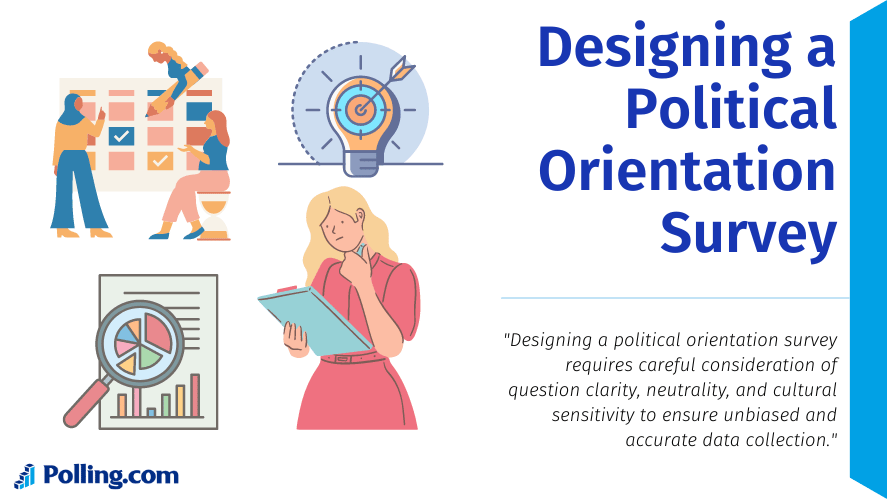
A. Defining Objectives and Scope
The first step in designing a political orientation survey is to clearly define its objectives. These goals will guide every subsequent decision, from question design to data analysis.
A clear scope keeps the survey focused and relevant. It avoids unnecessary complexity and bias.
B. Sampling Methods
Choosing the right sampling method is crucial for obtaining representative data. Common techniques include:
- Random Sampling: Ensures each person in the population has an equal chance of being picked.
- Stratified Sampling: Involves dividing the population into distinct subgroups (strata). Then, it samples from each. This ensures representation of key demographic groups.
- Cluster Sampling: It involves dividing the population into clusters. Then, we sample clusters at random and sample individuals within them.
A representative sample is essential to draw accurate conclusions from the survey data.
C. Questionnaire Design
Creating unbiased and clear survey questions is fundamental. Consider the following guidelines:
- Use Simple Language: Avoid jargon and complex terms.
- Be Neutral: Ensure questions are not leading or loaded.
- Use Various Question Types: Incorporate Likert scales, multiple-choice, and open-ended questions to capture a range of data.
D. Data Collection Methods
Different methods of data collection offer various advantages and disadvantages:
- Online Surveys: Cost-effective and quick but may exclude non-internet users.
- Telephone Interviews: Allow for personal interaction but can be time-consuming and expensive.
- Face-to-Face Interviews: Provide in-depth responses but are resource-intensive.
Choosing the right method depends on the survey’s goals, budget, and audience.
Analyzing Survey Data
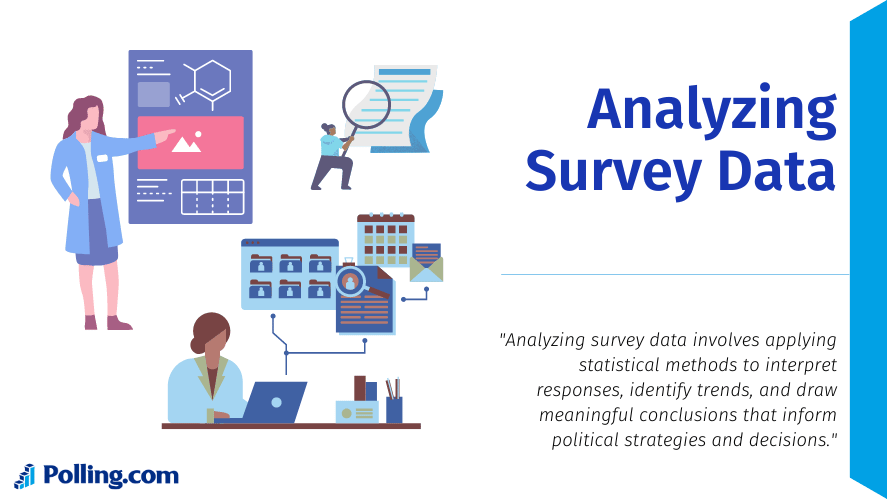
A. Data Cleaning and Preparation
Data must be cleaned prior to analysis to ensure its accuracy. This involves:
- Removing Duplicates: Ensuring each response is unique.
- Handling Missing Data: Using techniques like imputation or listwise deletion.
- Identifying Outliers: Detecting and addressing extreme values that could skew results.
B. Descriptive Statistics
Descriptive statistics summarize survey data and provide an overview of the findings:
- Mean, Median, Mode: Measures of central tendency.
- Frequency Distributions: Show how often each response occurs.
C. Inferential Statistics
Inferential statistics allow researchers to draw conclusions beyond the immediate data:
- Confidence Intervals: Estimate the range within which the true population parameter lies.
- Hypothesis Testing: Determine if observed effects are statistically significant.
- Regression Analysis: Explore relationships between variables.
D. Visualizing Data
Effective data visualization helps communicate findings clearly:
- Charts and Graphs: Use bar charts, pie charts, and line graphs to display data visually.
- Tables: Provide detailed numerical data in an organized format.
Presenting data in an engaging and accessible way enhances understanding and impact.
Common Challenges and Solutions in Political Surveys
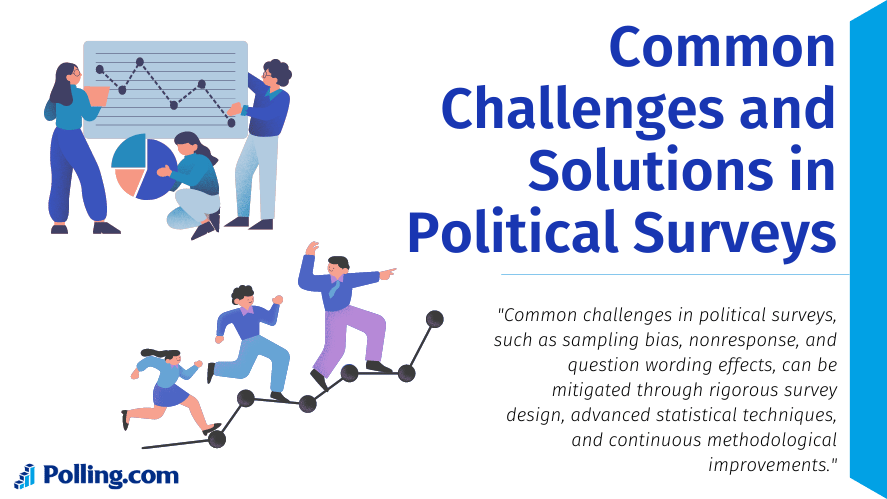
A. Bias and Error
Common sources of bias in political surveys include:
- Sampling Bias: Arises when the selected sample does not accurately reflect the characteristics of the broader population.
- Response Bias: Happens when respondents do not answer questions truthfully.
- Question Wording Bias: Arises from leading or loaded questions.
Strategies to cut bias include picking careful samples. They also include using neutral questions. And they include pilot-testing the survey.
B. Respondent Honesty
Ensuring respondent honesty can be challenging. Techniques to encourage honest responses include:
- Anonymity: Guaranteeing that responses are anonymous.
- Assurance of Confidentiality: Emphasizing that individual responses will not be shared.
- Building Trust: Creating a rapport with respondents.
C. Changing Political Landscapes
Political climates can shift rapidly, affecting survey results. To account for these changes:
- Regular Updates: Conduct surveys regularly to capture changing opinions.
- Contextual Analysis: Consider the broader political context when interpreting results.
Conclusion
Surveys of political orientation are vital. They help us understand public opinion and make better policy decisions. Following best practices in survey design, data collection, and analysis is key.
It helps researchers make sure their surveys are accurate and meaningful. Future research should refine its methods. It should adapt to the changing political landscape. This will ensure that these surveys remain useful and trustworthy.
